Nestled amidst the rolling hills of northwestern Williamson County, Florence is a city steeped in history and brimming with small-town charm. This quiet community, located approximately 40 miles north of Austin and 13 miles north of Georgetown, offers a glimpse into the past while simultaneously embracing a vibrant present. Its story, woven through decades of agricultural prosperity, railway connections, and unwavering community spirit, is as captivating as the picturesque landscapes that surround it.
- Population 1,017
- Median Age 34.9
- Median Income $51,875
- Median Property Value $162,000
Early Beginnings: From Brooksville to Florence
The roots of Florence can be traced back to the early 1850s when settlers first arrived in this region. Initially named Brooksville, the burgeoning settlement soon found itself on the cusp of a transformation. By 1857, it adopted the name Florence, honoring its newly established post office. This pivotal moment marked the beginning of a new chapter for the community, one that would see it evolve from a humble frontier outpost into a thriving center of commerce and industry.
The Cotton Boom and the Bartlett-Florence Railway
Florence’s fortunes were intrinsically linked to the cotton trade, which dominated the region’s economy during much of the late 19th century. Its strategic location in northwestern Williamson County made it an ideal hub for transporting cotton to market. To further bolster its economic prowess, Florence became a vital stop on the Bartlett-Florence Railway. This rail line, later known as the Bartlett Western Railroad, connected Florence with the Missouri-Kansas-Texas Railroad at Bartlett, providing a crucial artery for goods and people traveling between central Texas and beyond.
A Flourishing Community: Growth and Resilience
The arrival of the railway in 1909 propelled Florence into an era of significant growth. The railroad spurred economic development, attracting businesses and residents alike. While the line’s abandonment in 1935 marked a turning point, Florence demonstrated its resilience by adapting to changing times. Agriculture remained a cornerstone of the local economy, while other industries, such as retail and service sectors, gradually took root, ensuring the continued prosperity of the community.
Florence Today: Preserving History, Embracing Progress
In the present day, Florence stands as a testament to the enduring spirit of its people. The city’s rich history is woven into its fabric, evident in its historic buildings, charming downtown district, and warm sense of community. While progress has undoubtedly shaped Florence’s landscape, it has done so with respect for its heritage.
Discovering Florence: A Tapestry of Culture and Nature
Florence offers a delightful array of attractions for visitors seeking to delve into the region’s past or simply enjoy a tranquil escape from the hustle and bustle of city life.
- Historic Downtown: Stroll through Florence’s well-preserved downtown, where antique shops, quaint cafes, and historic buildings transport you back in time.
- Florence City Park: Relax amidst the serene surroundings of Florence City Park, perfect for picnics, leisurely walks, or enjoying a game of disc golf.
- Williamson County Historical Commission: Immerse yourself in local history at the Williamson County Historical Commission, which houses exhibits showcasing the region’s rich past.
A Timeless Destination: Florence Welcomes You
Whether you seek to explore the fascinating annals of Texas history, savor the tranquility of small-town life, or simply experience the warmth and hospitality of its residents, Florence offers a unique and unforgettable journey. This charming city, with its enduring spirit and timeless appeal, invites you to step back in time and discover the magic that awaits within its borders.
Sources
https://datausa.io/profile/geo/florence-tx
https://www.tshaonline.org/handbook/entries/florence-tx
http://www.florencechamberofcommerce.org/about-us
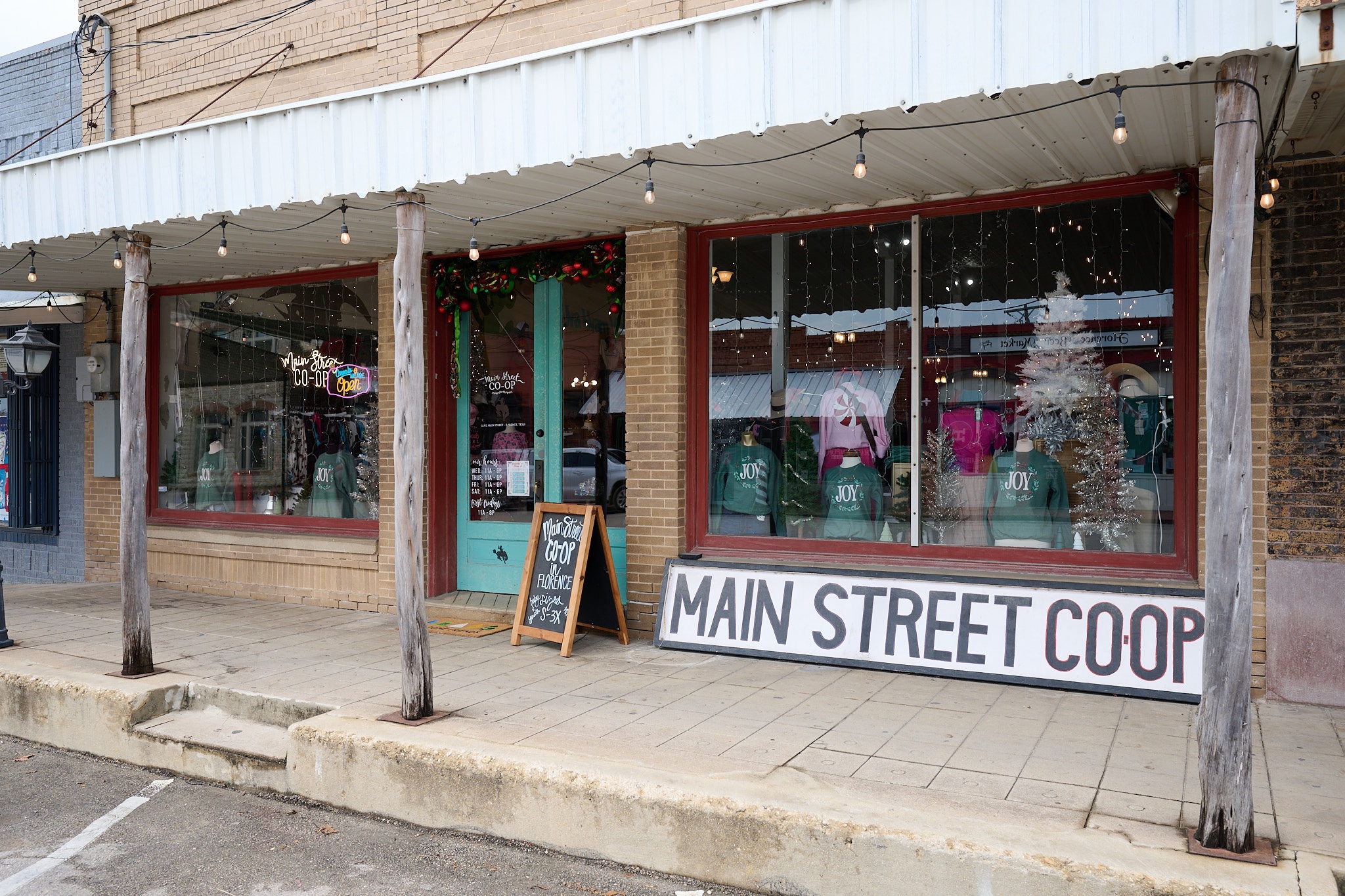
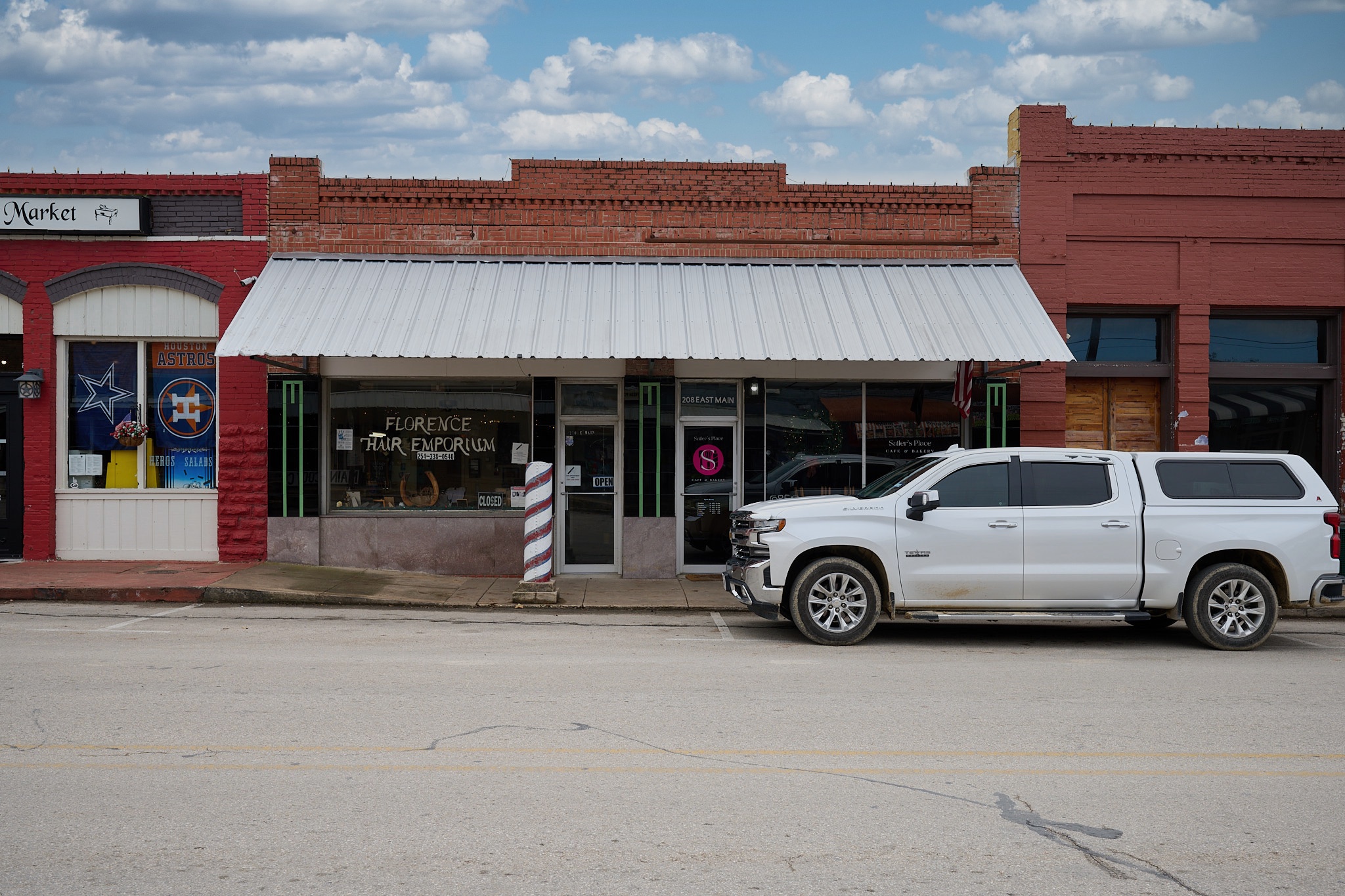
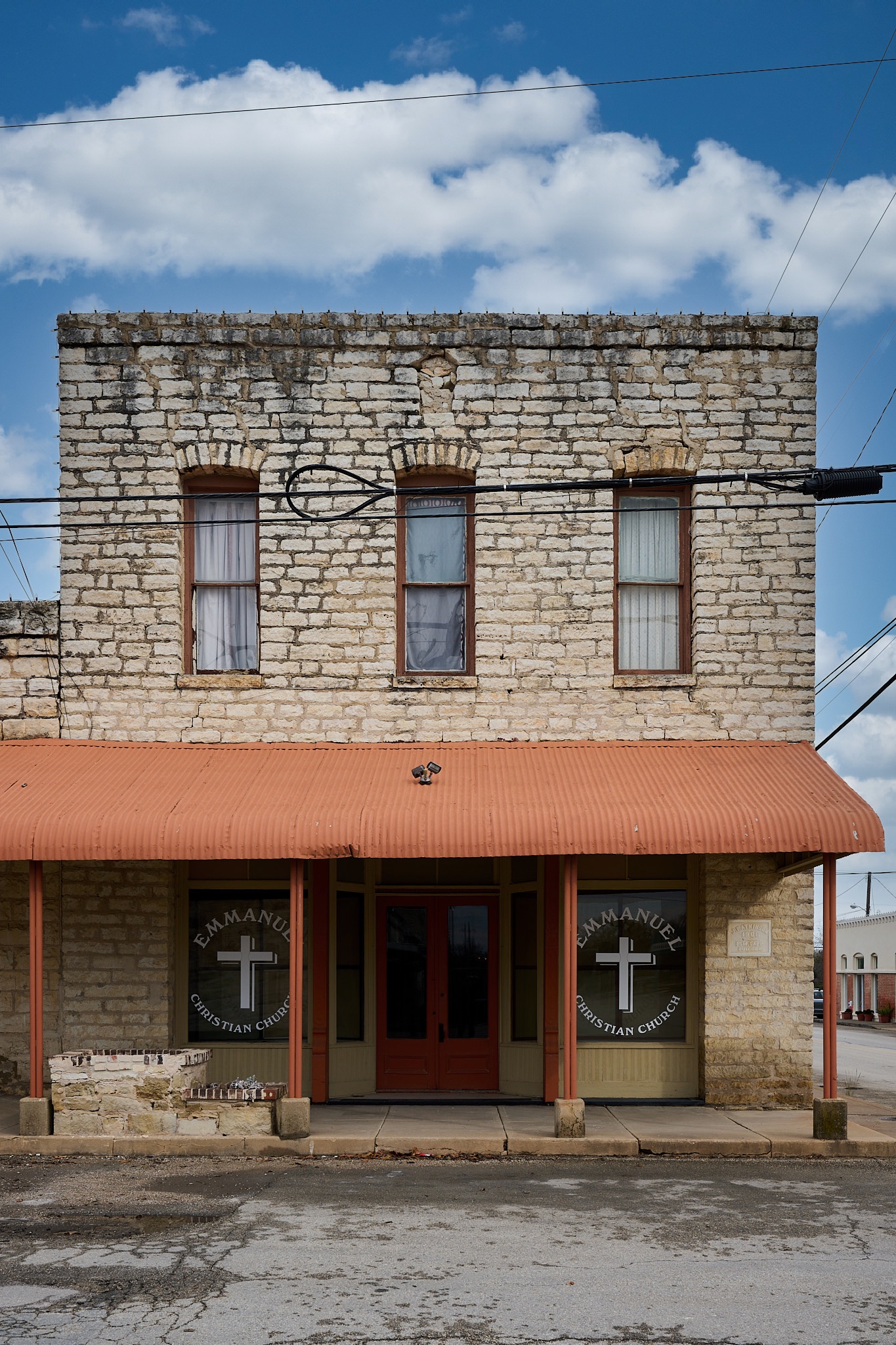
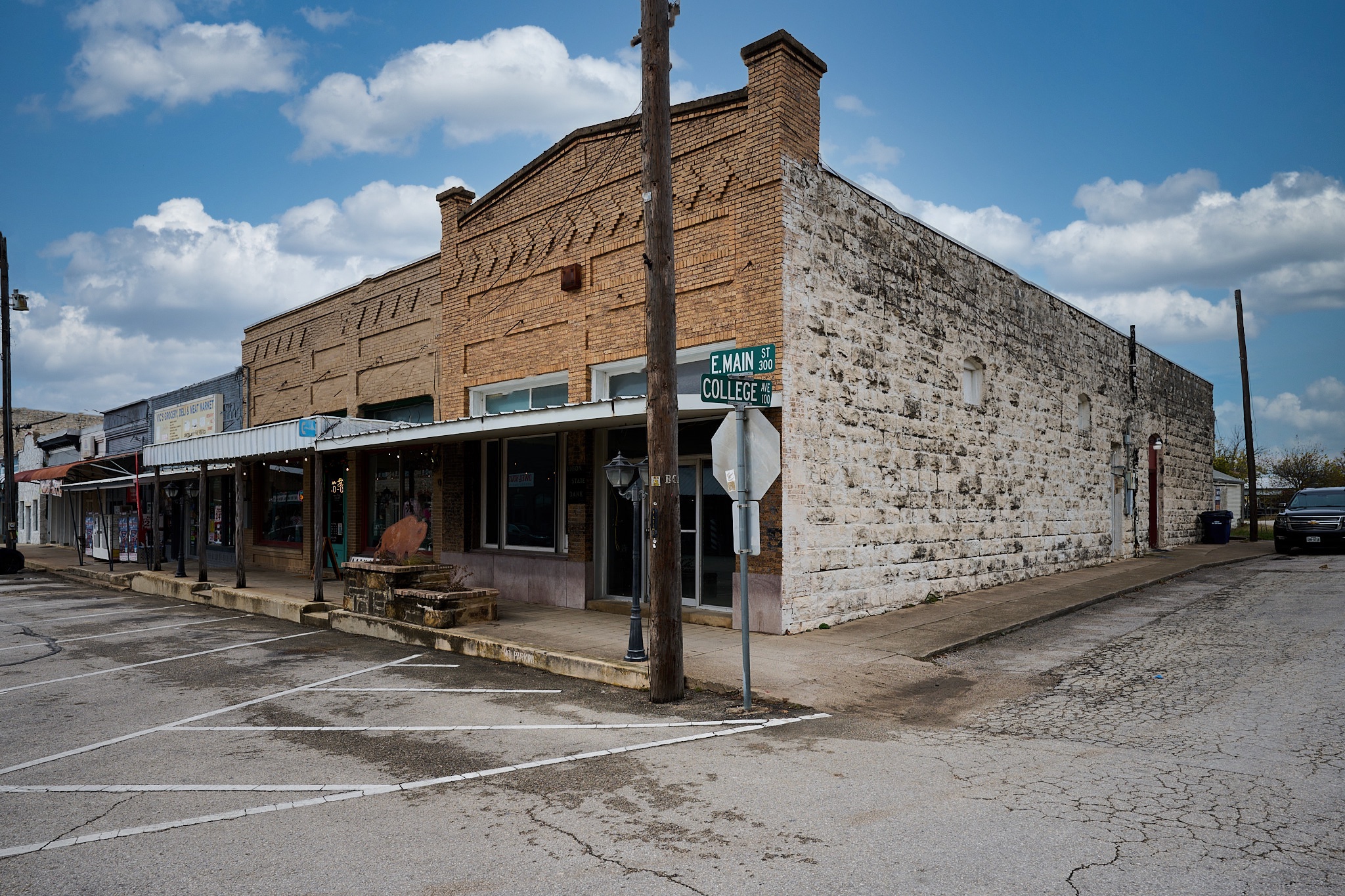
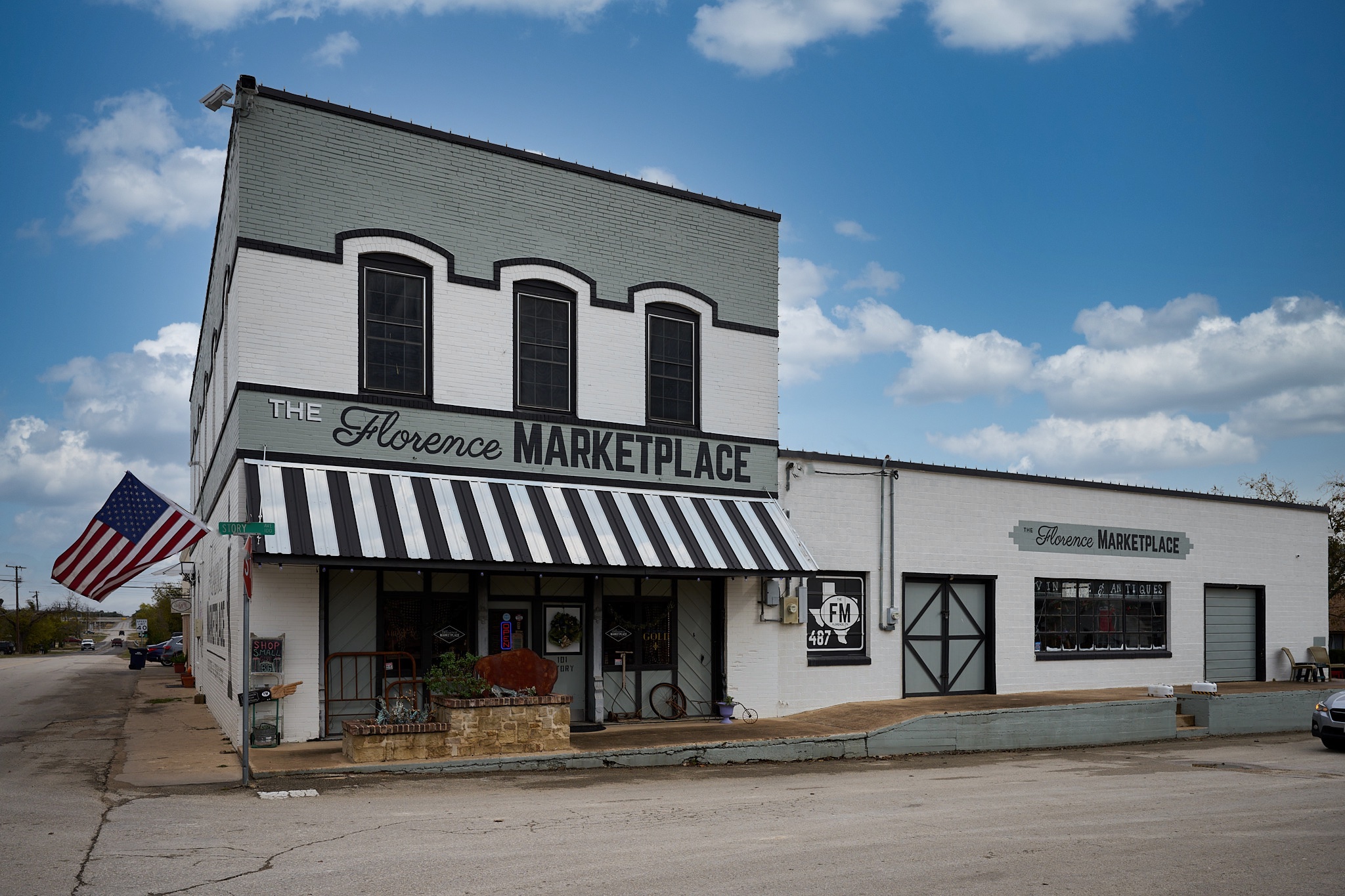
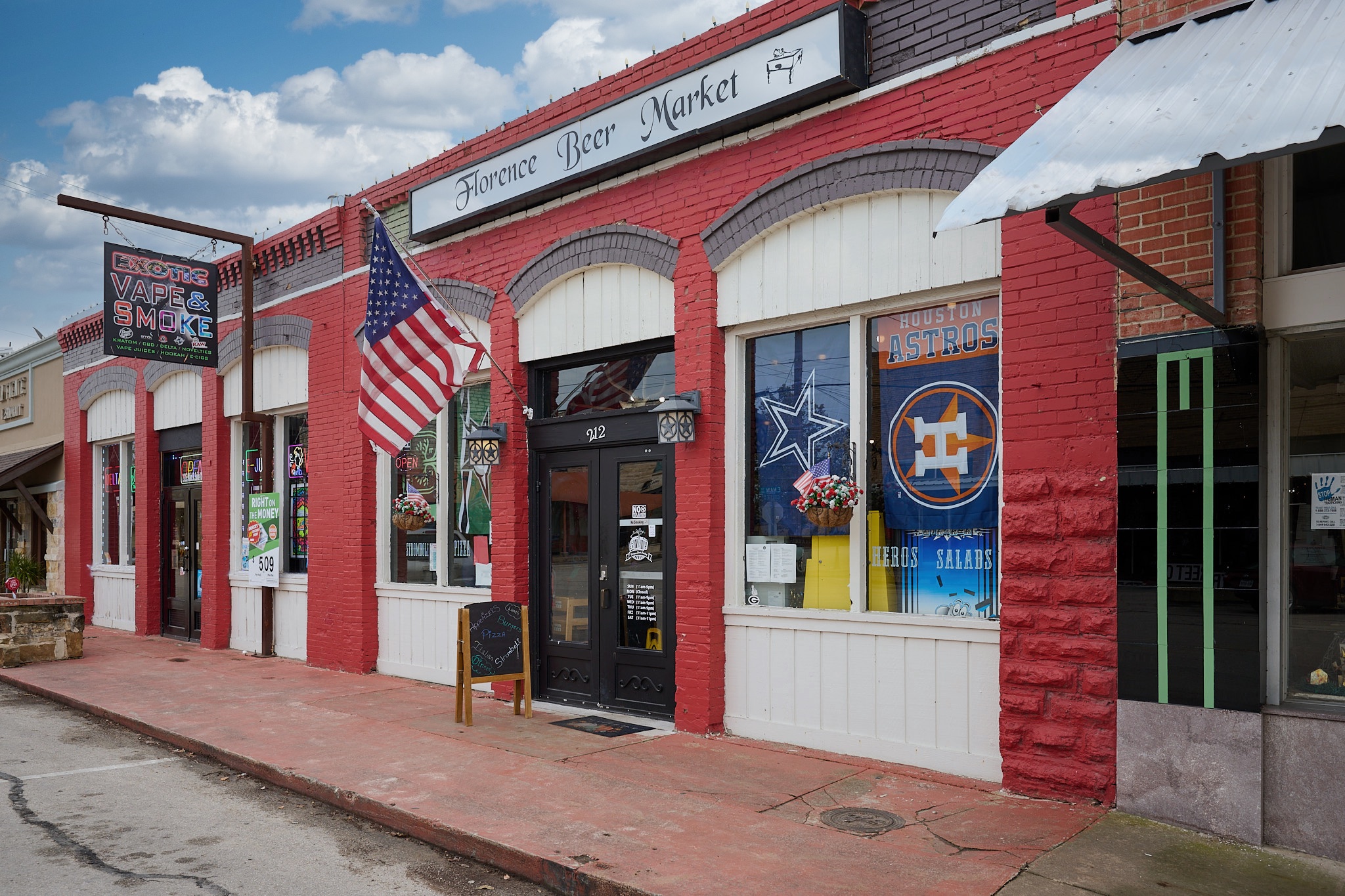
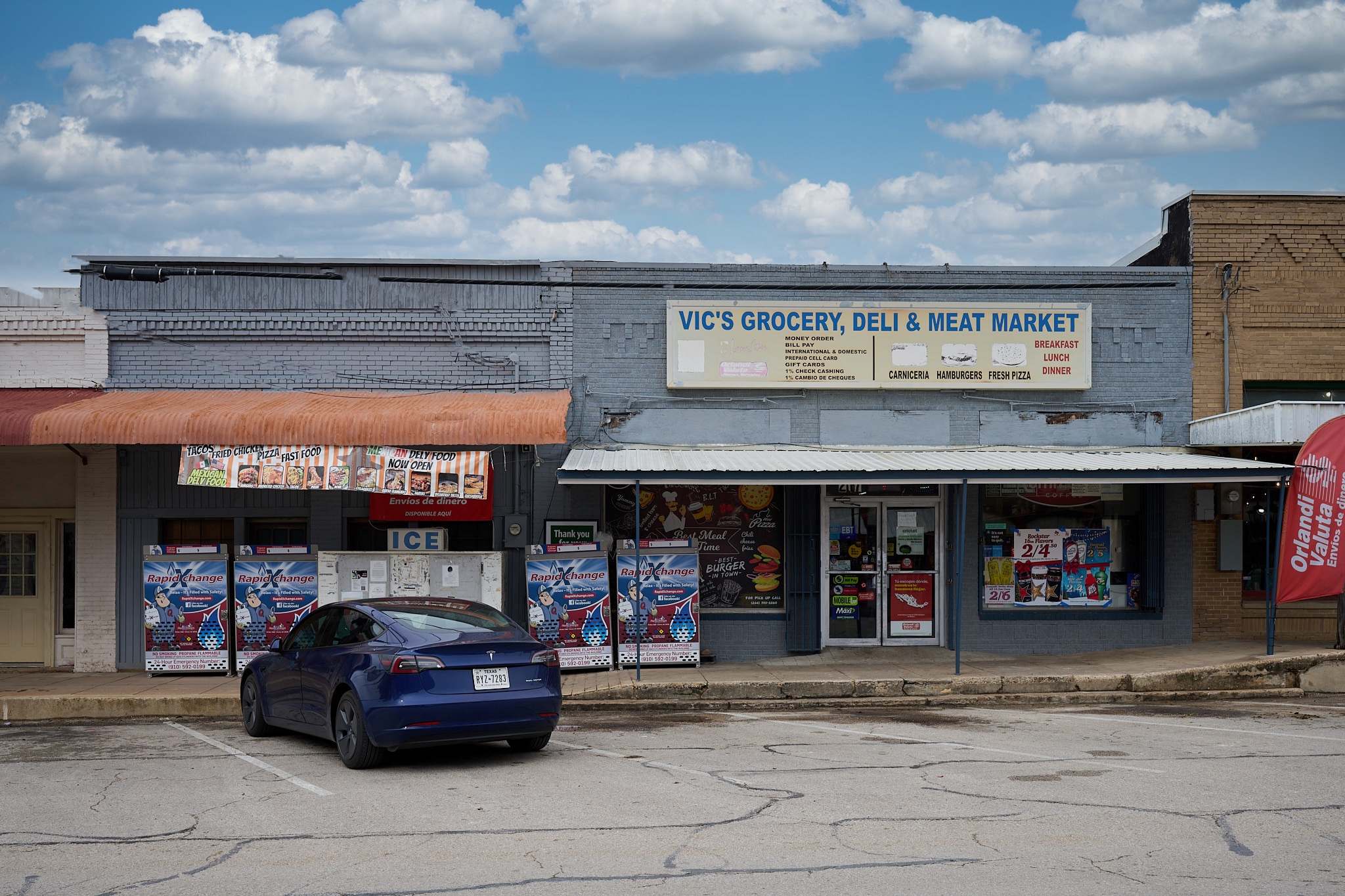
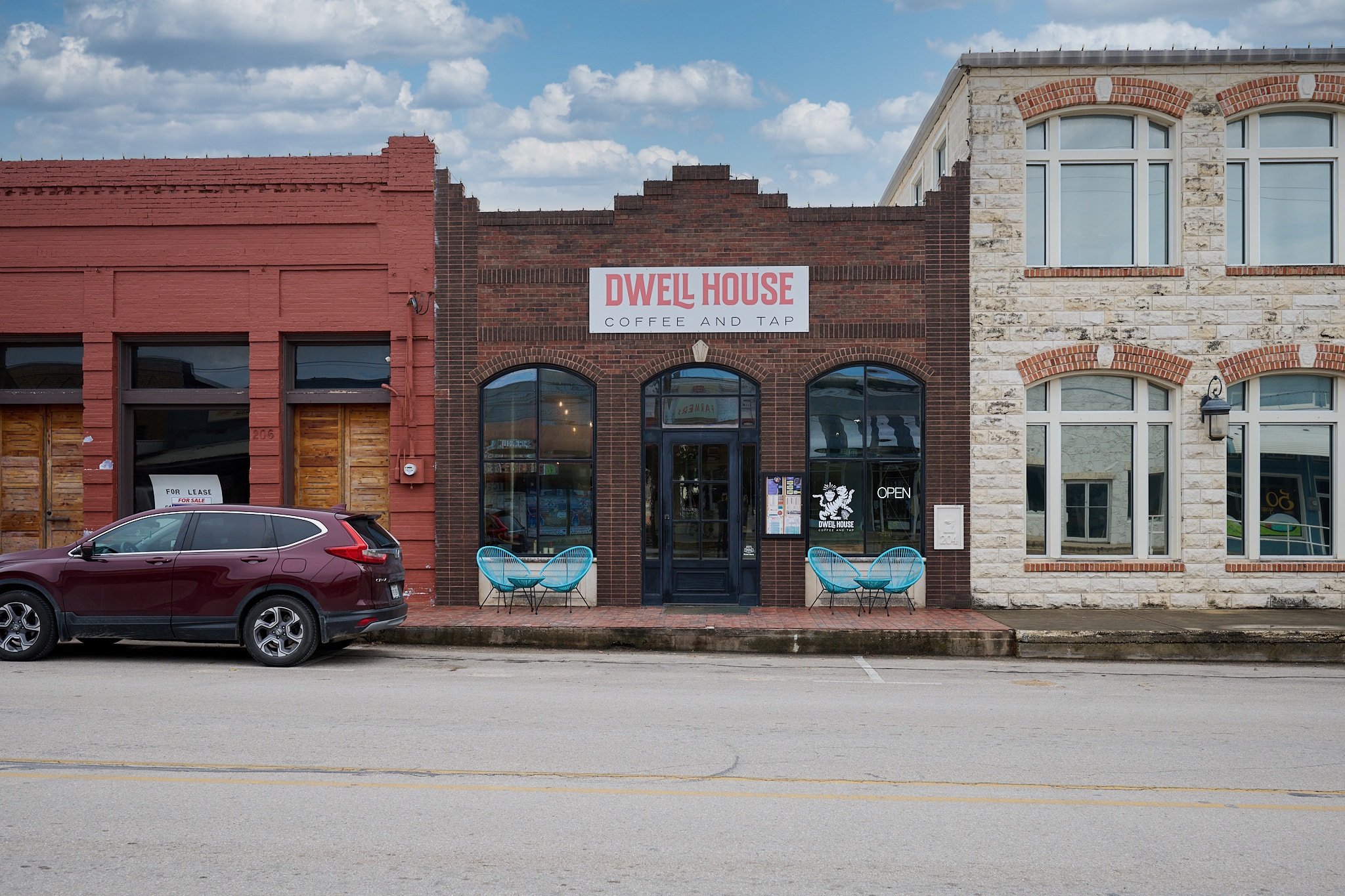
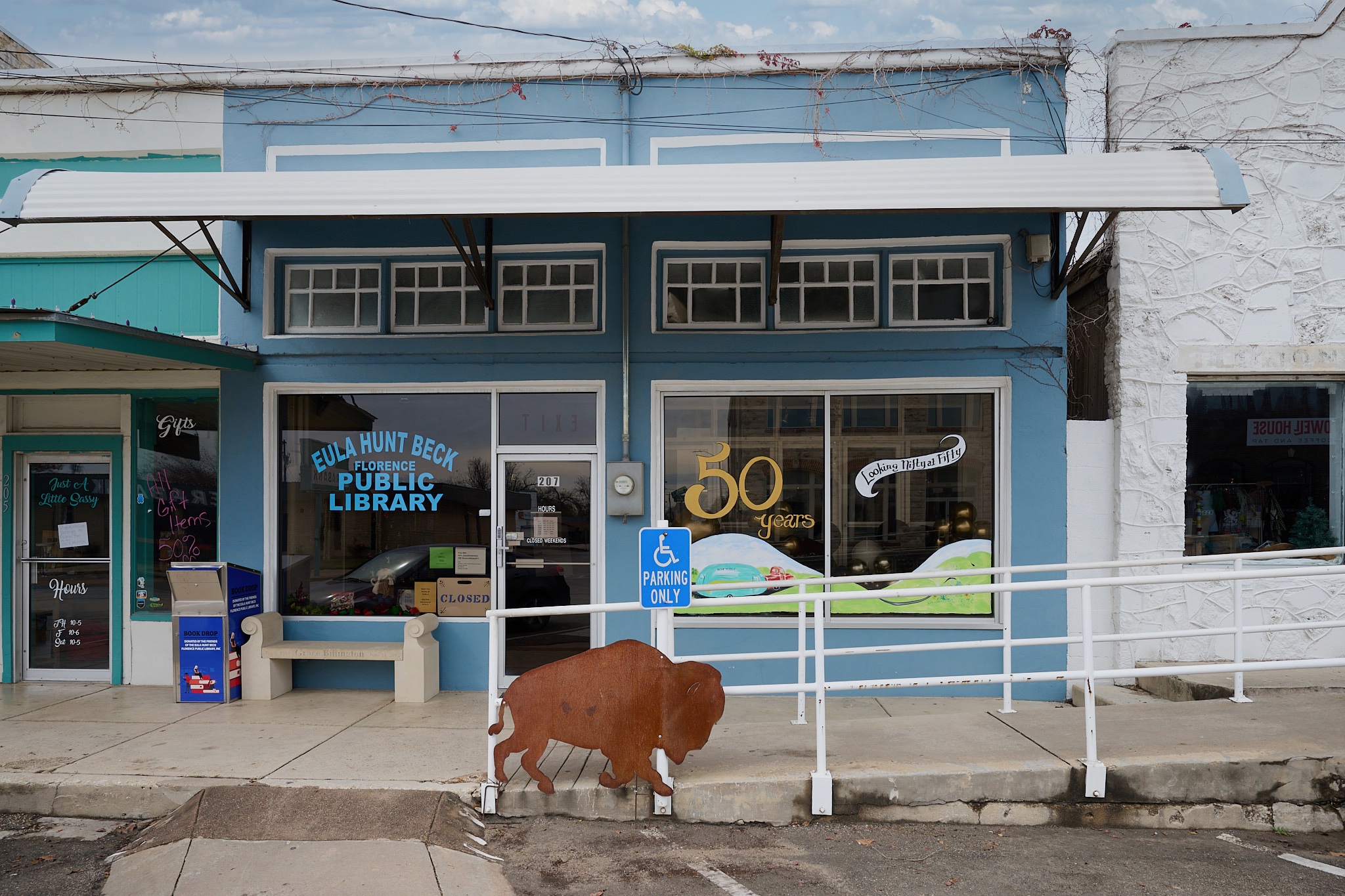
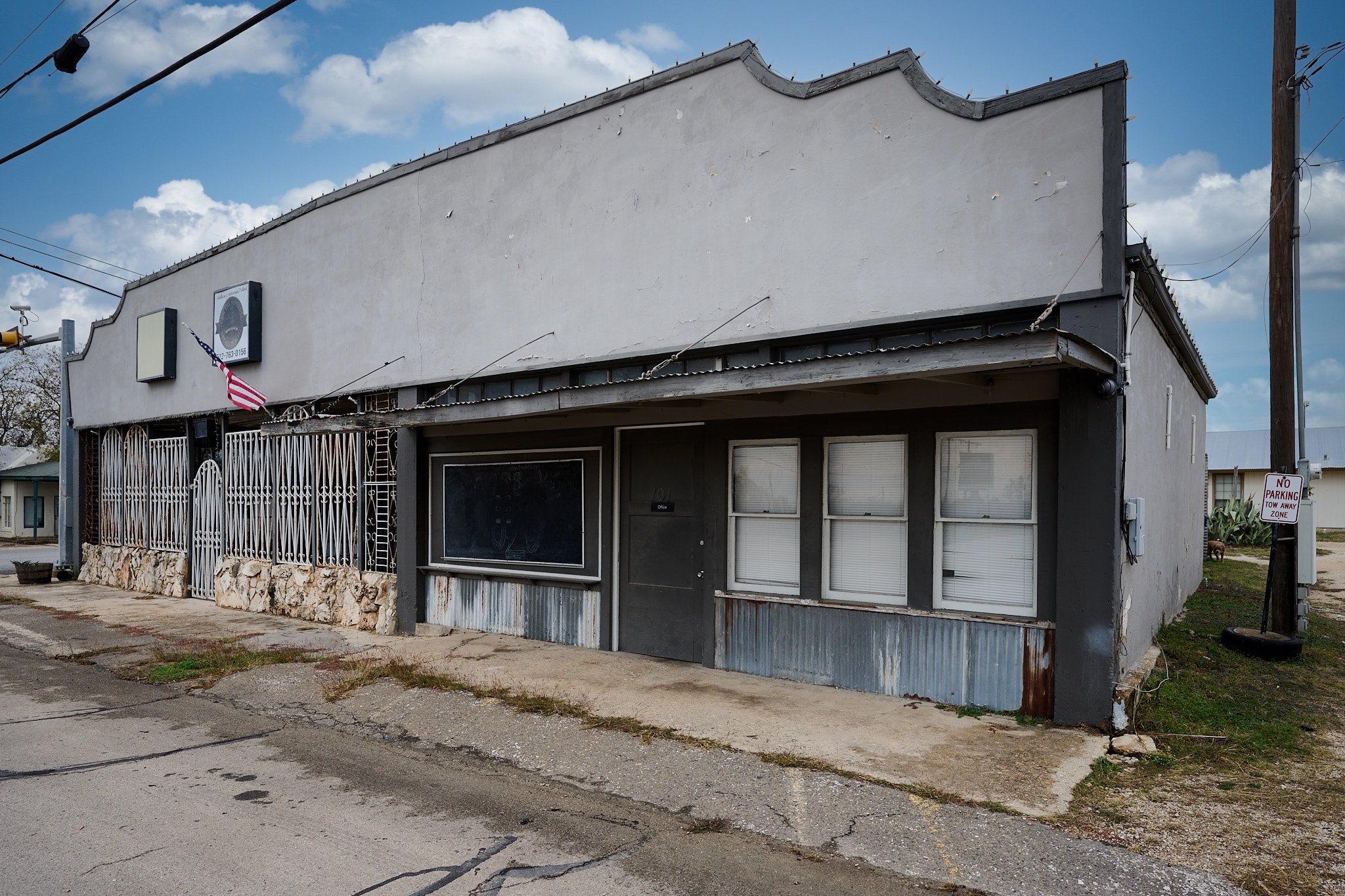
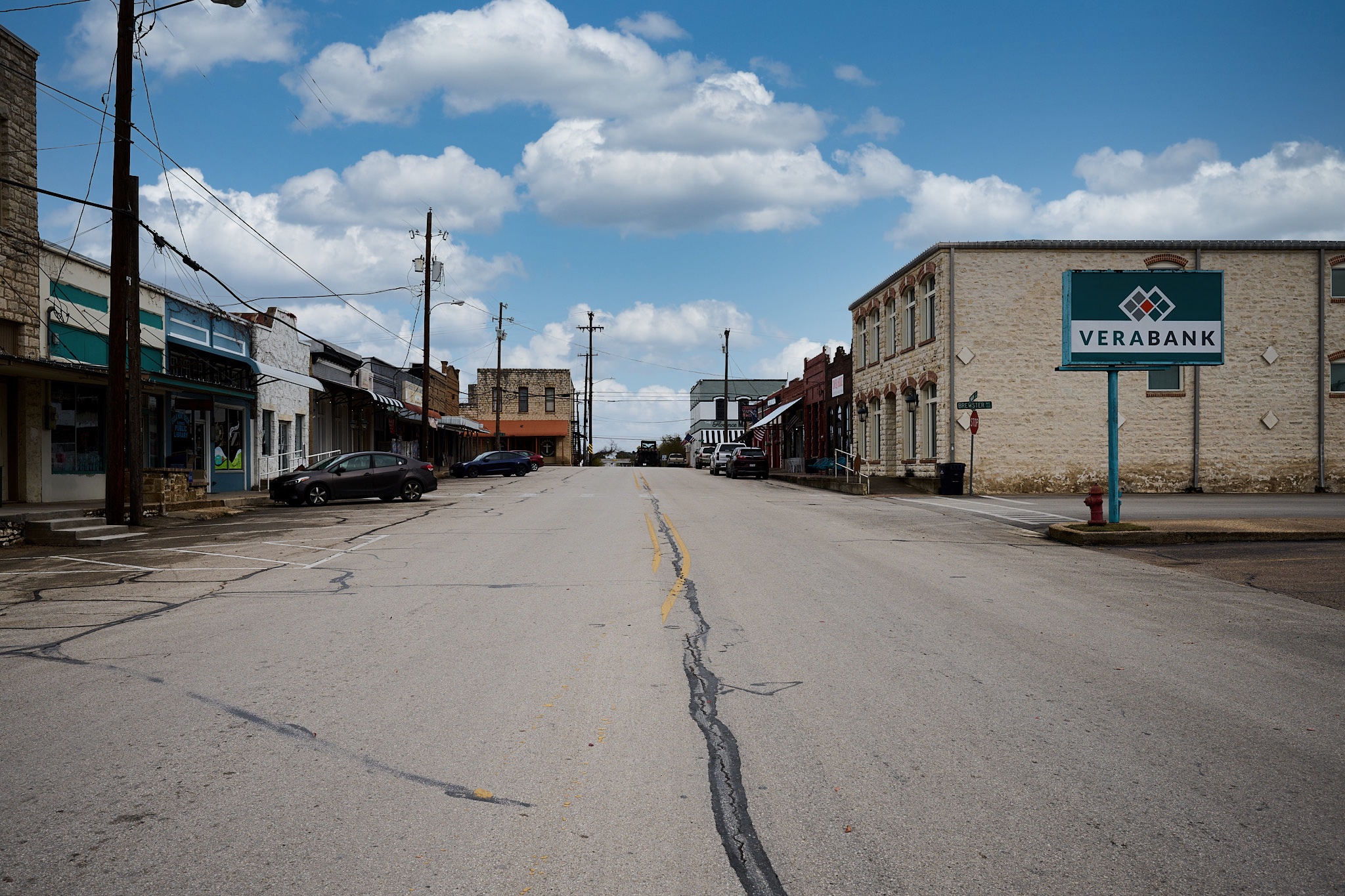
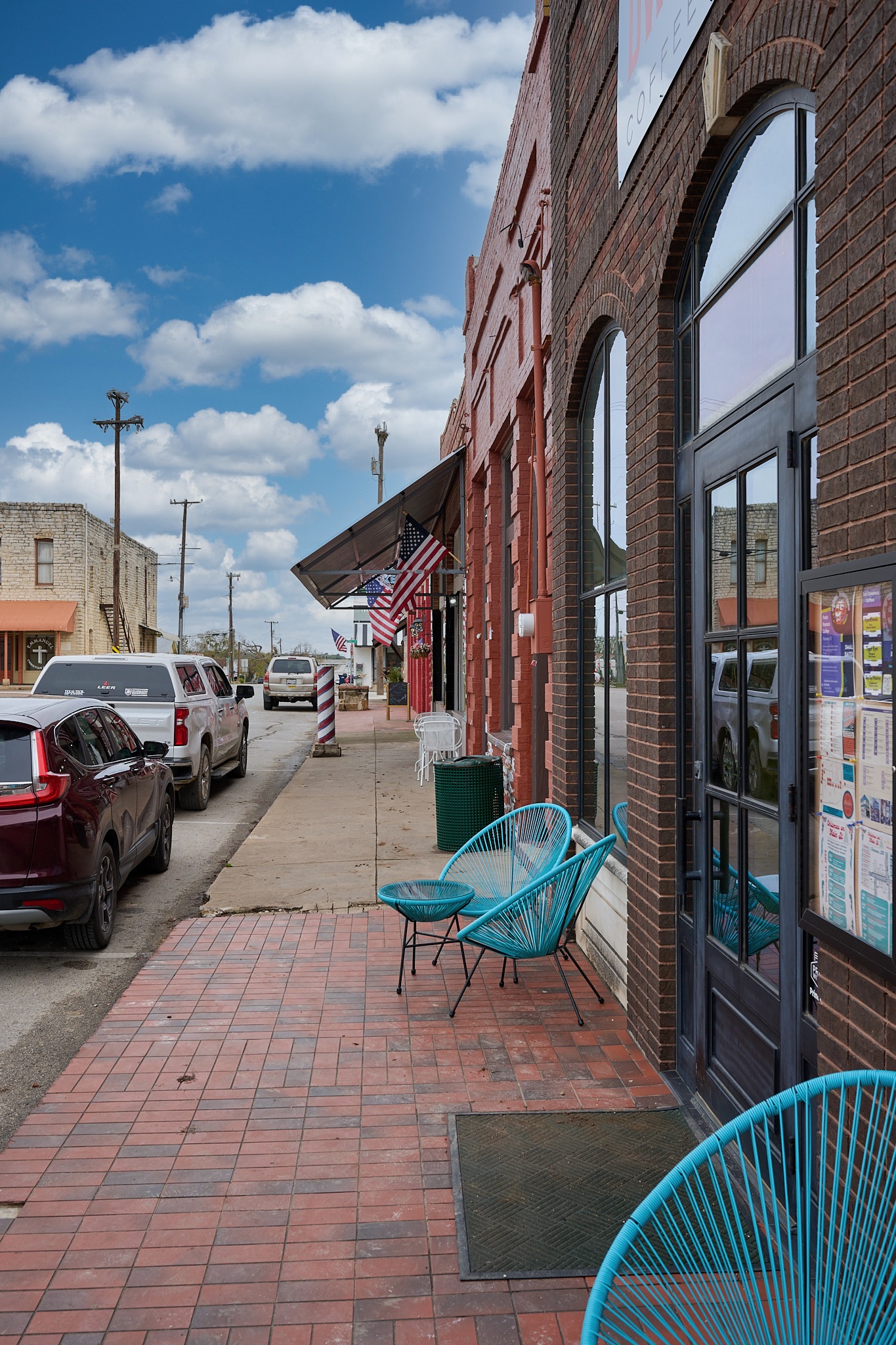
Leave a Reply